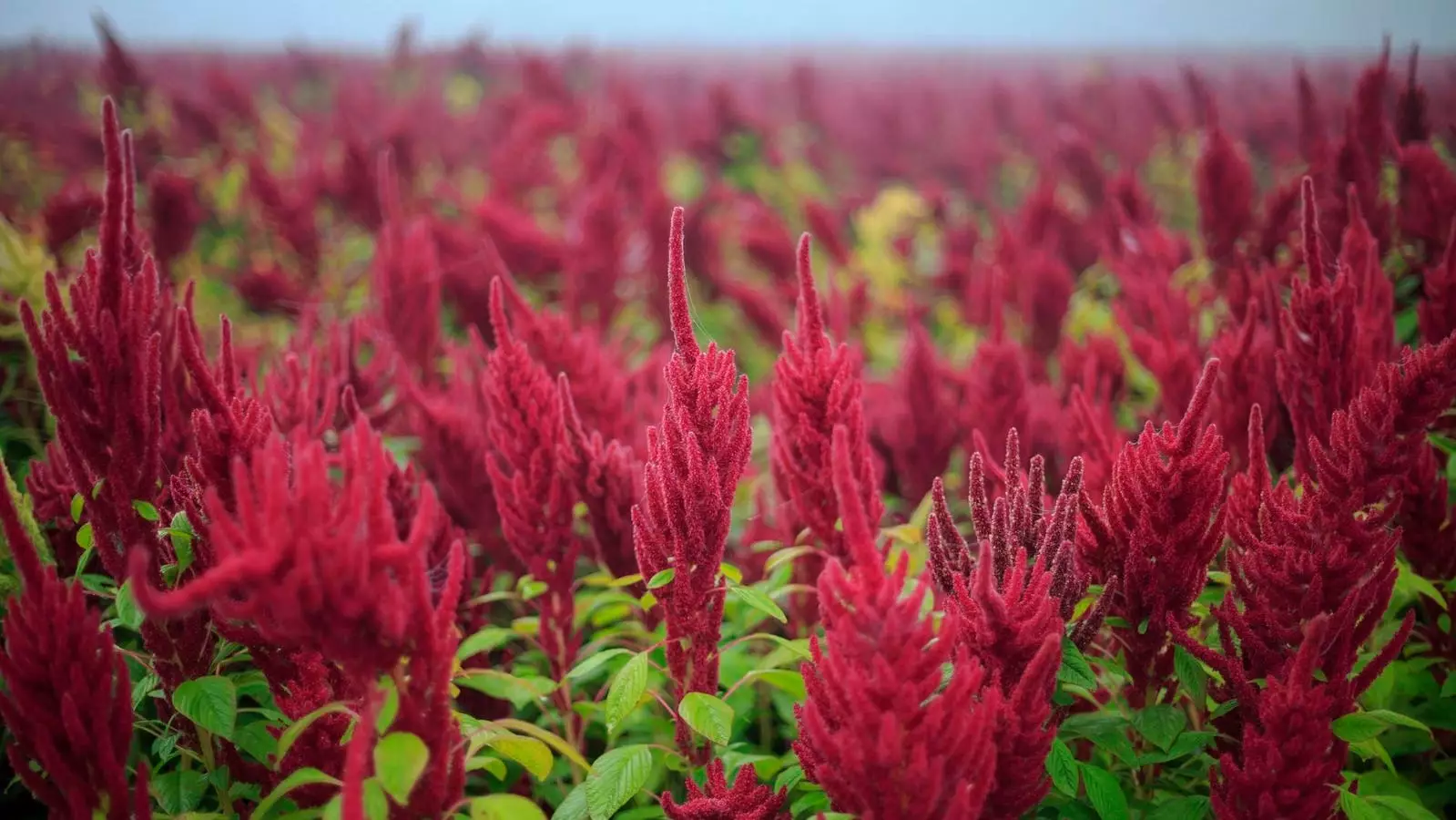Our global agricultural landscape is alarmingly homogeneous when viewed through the lens of edible plant species. The U.N. Food and Agriculture Organization (FAO) highlights that a mere trio of crops—rice, maize, and wheat—comprises about 60 percent of the calories and protein derived from plants in our diets. This concentration not only undermines the rich diversity of edible plants available worldwide but also raises serious concerns about food security and nutritional health. The reliance on a narrow selection of staple crops fosters vulnerability among populations, which could be catastrophic in the face of climate change, pests, or diseases that threaten these primary sources of sustenance.
Vegetables, often celebrated for their health benefits, suffer from even graver neglect. According to research by the World Vegetable Center, over 90 percent of the crop varieties stored in genebanks consist of staple grains, with an alarmingly low representation from vegetables, particularly those native to Africa. Maarten van Zonneveld, the Head of Genetic Resources at the World Vegetable Center, emphasizes this gap as a major oversight that stifles efforts to enhance global food security. The reduction of agrobiodiversity not only limits options available to farmers and consumers but also diminishes our ability to create resilient ecosystems that can withstand environmental pressures and adapt to changing circumstances.
Agrobiodiversity plays an integral role in the robustness of food systems. It includes the variety of crops, animals, and microorganisms that contribute to a stable food supply. When genetic diversity is diminished, the risks of crop failure due to diseases, pests, or climate fluctuations amplify drastically. Enhancing agrobiodiversity can lead to improved yield stability, better nutrition, and ecological balance. The link between diverse genetic resources and food security cannot be overstated; it is urgent that we recognize and elevate the importance of diverse plant varieties in feeding future generations.
In a pivotal response to these challenges, the African Vegetable Biodiversity Rescue Plan was unveiled at the Africa Food Systems Summit in Kigali, Rwanda. This ambitious ten-year initiative, part of the Vision for Adapted Crops and Soils (VACS) program led by Dr. Cary Fowler, aims to revitalize native African crops and bring essential attention to their potential. By focusing resources on these underappreciated varieties, the plan seeks not only to harness their benefits for food security but also to combat malnutrition—a dire situation faced by many communities. As we recognize the wonders of local crops, attention must be turned back to those that have long been overshadowed by dominant staples.
The impact of climate change—exemplified by unpredictable weather patterns, droughts, and floods—poses a considerable threat to Indigenous African vegetable varieties. Gabriel Rugalema, Associate Director General for Africa at the World Vegetable Center, articulates the urgency behind the Rescue Plan, advocating for collaborative efforts to shield these vital crops from extinction. This initiative not only offers a tactical approach to preserving African agricultural heritage but also provides a framework for developing climate-resilient food systems across the continent. By promoting the cultivation of local vegetables, the Rescue Plan envisions food systems that are not only affordable but also nutritious and sustainable.
As we work towards a more diversified and resilient food system, it is essential to explore and embrace ‘opportunity crops’—those unique varieties that could enrich our diets and ecosystems alike. By expanding our culinary horizons to include less conventional grains like fonio or millet and a broader range of vegetables, we can be proactive participants in the fight for sustainable agricultural practices. Each time we choose to incorporate these underutilized crops into our meals, we contribute to a shift away from dependence on staples while promoting a more climate-smart diet. This personal choice ripples outward, supporting farmers who grow diverse crops and, ultimately, fostering global food security.
The path toward sustainable food systems lies in embracing the rich tapestry of agrobiodiversity. Through initiatives like the African Vegetable Biodiversity Rescue Plan, we can work towards a future where our diets reflect the incredible variety that the earth provides and where resilience in agriculture forms the foundation of food security.


Leave a Reply